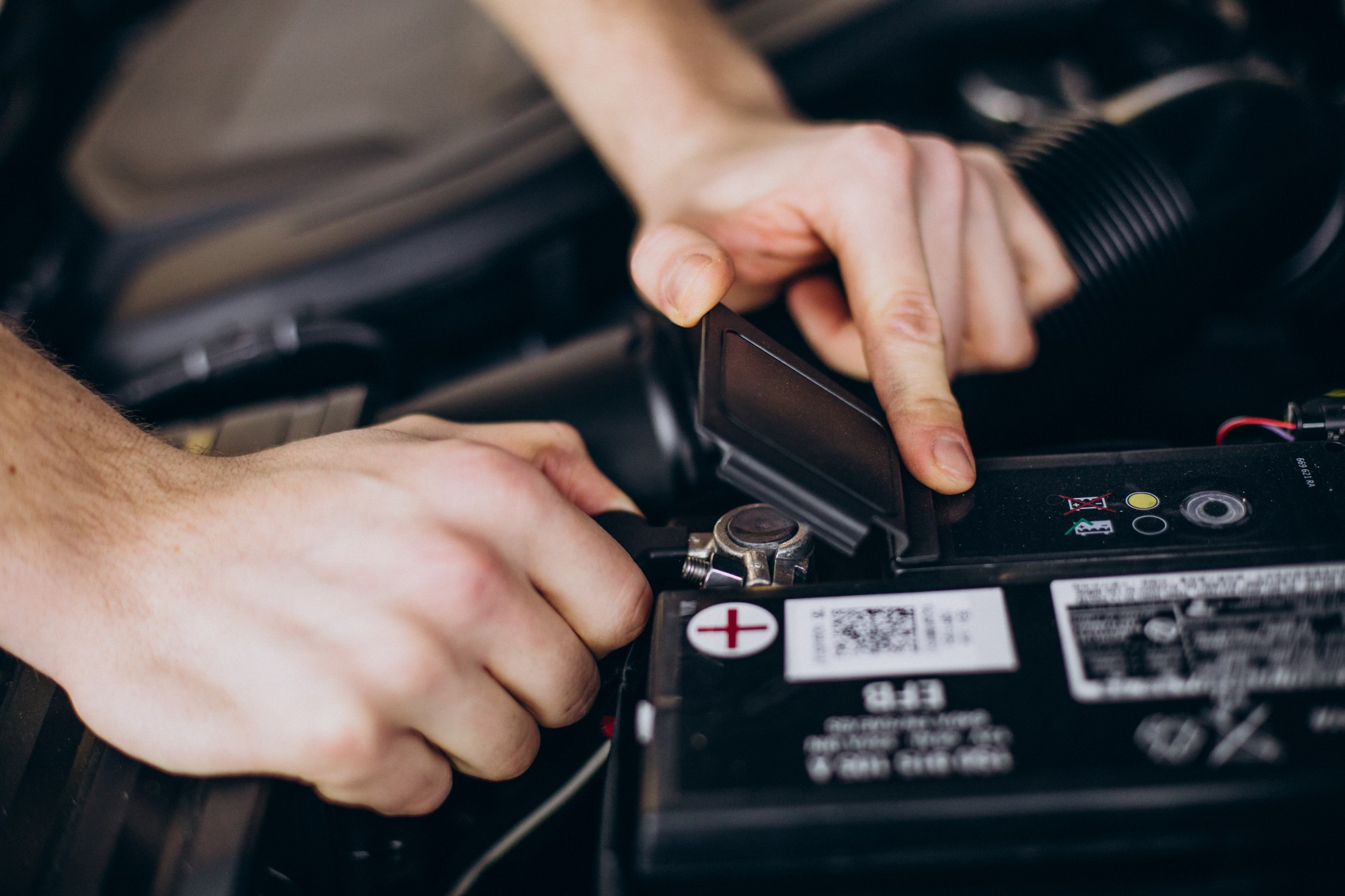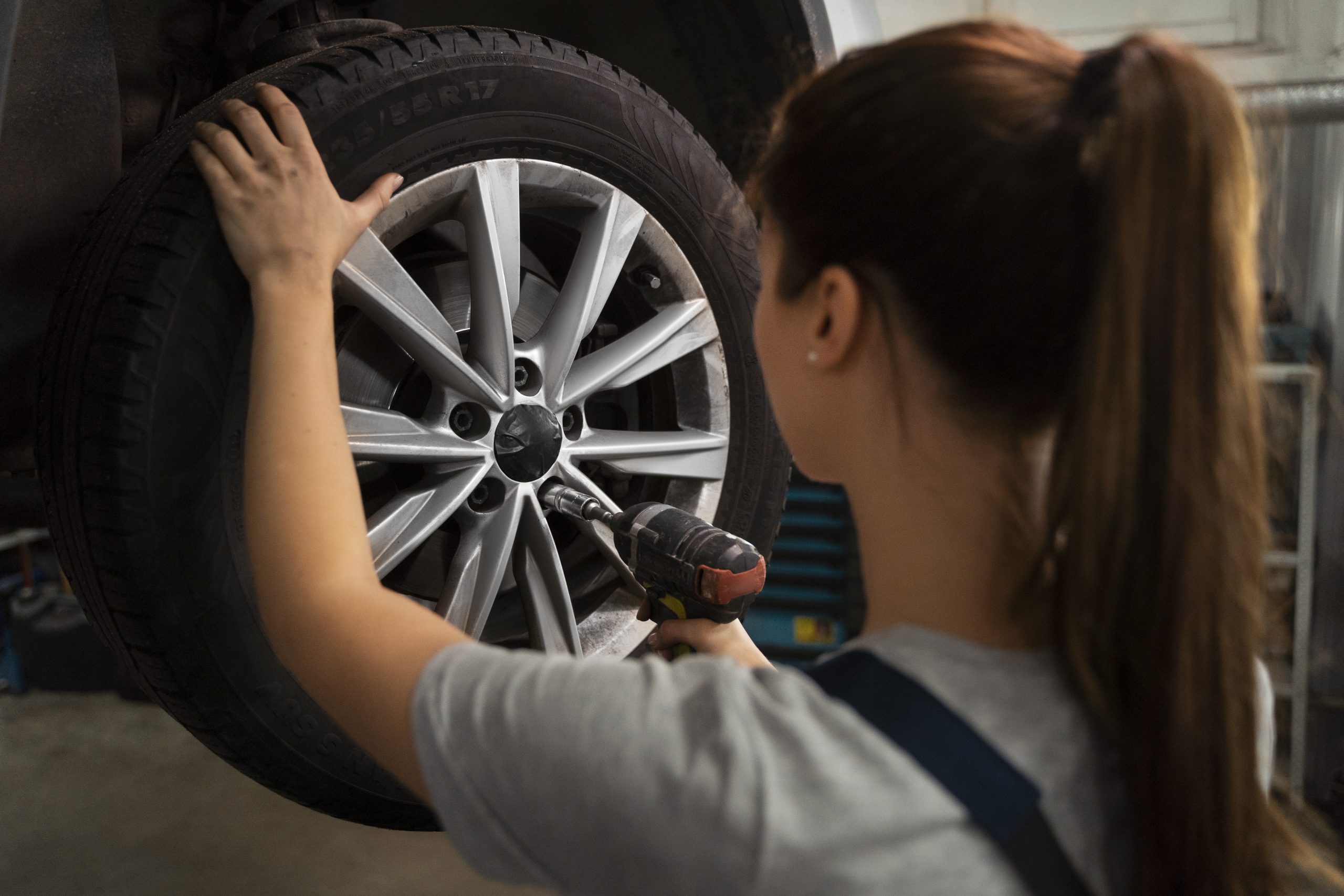A well-maintained car battery is crucial for ensuring your vehicle starts reliably and runs smoothly. Battery issues are one of the most common causes of unexpected breakdowns, but with a little regular care, you can keep your battery in top condition for longer. Here’s a simple guide to help you maintain your car battery and optimize its performance.
1. Check the Battery Terminals
- Why it’s important: Over time, battery terminals can corrode, which can lead to poor connection and prevent the car from starting.
- Tip: Regularly check the battery terminals for corrosion (a white, ashy substance) and clean them using a mixture of baking soda and water. Use a wire brush or battery terminal cleaner to remove any buildup.
2. Test Battery Voltage
- Why it’s important: A weak battery can result in poor performance or a car that won’t start. Testing your battery’s voltage helps you determine if it’s in good health.
- Tip: You can test your battery’s voltage with a multimeter. A fully charged battery should read around 12.6 volts when the engine is off. If it’s below 12.4 volts, it may be time to replace the battery.
3. Ensure the Battery Is Secure
- Why it’s important: A loose battery can cause internal damage and short circuits, which can lead to battery failure.
- Tip: Check that the battery is securely fastened in its tray. Tighten any loose battery hold-downs, and make sure there is no movement.
4. Clean the Battery
- Why it’s important: Dirt and grime on the battery can interfere with the battery’s ability to charge and discharge properly.
- Tip: Clean the top of the battery with a cloth to remove dirt, oil, or other debris. This will help prevent any contaminants from entering the battery terminals.
5. Check Battery Fluid Levels
- Why it’s important: Some car batteries (especially older ones) require distilled water to maintain optimal fluid levels for proper function.
- Tip: If your battery is the type that allows you to check fluid levels, make sure they’re at the proper level. If the fluid is low, carefully top it off with distilled water to ensure proper battery operation.
6. Test the Charging System
- Why it’s important: Your car’s alternator should be charging the battery while the engine runs. A failing alternator can lead to an undercharged battery and poor car performance.
- Tip: Check the charging system by starting the car and measuring the voltage at the battery. With the engine running, the voltage should read between 13.7 and 14.7 volts. If it’s lower or higher, you might need to have your alternator checked.
7. Park Your Car in a Cool, Dry Place
- Why it’s important: Extreme temperatures (especially heat) can cause battery fluid to evaporate, leading to battery damage.
- Tip: Whenever possible, park your vehicle in a cool, shaded area. If you live in a region with extreme temperatures, consider investing in a battery insulating blanket.
8. Turn Off Accessories When Starting the Car
- Why it’s important: Leaving accessories like the radio, air conditioning, or lights on while starting your vehicle can put a strain on the battery.
- Tip: Always ensure that all accessories are turned off before starting your car to minimize battery drain and ensure optimal performance.
9. Replace Your Battery When Needed
- Why it’s important: Even with proper maintenance, batteries don’t last forever. A failing battery can leave you stranded and cause other electrical issues.
- Tip: If your battery is over three years old, it’s a good idea to have it tested regularly. If it’s showing signs of weakness or failure, replace it before it becomes an issue.
Conclusion
Regular car battery maintenance is a simple yet effective way to avoid unexpected breakdowns and ensure your vehicle runs smoothly. By following these DIY steps, you can extend the life of your battery and avoid costly replacements or repairs. A little care goes a long way in keeping your car in optimal working condition.



